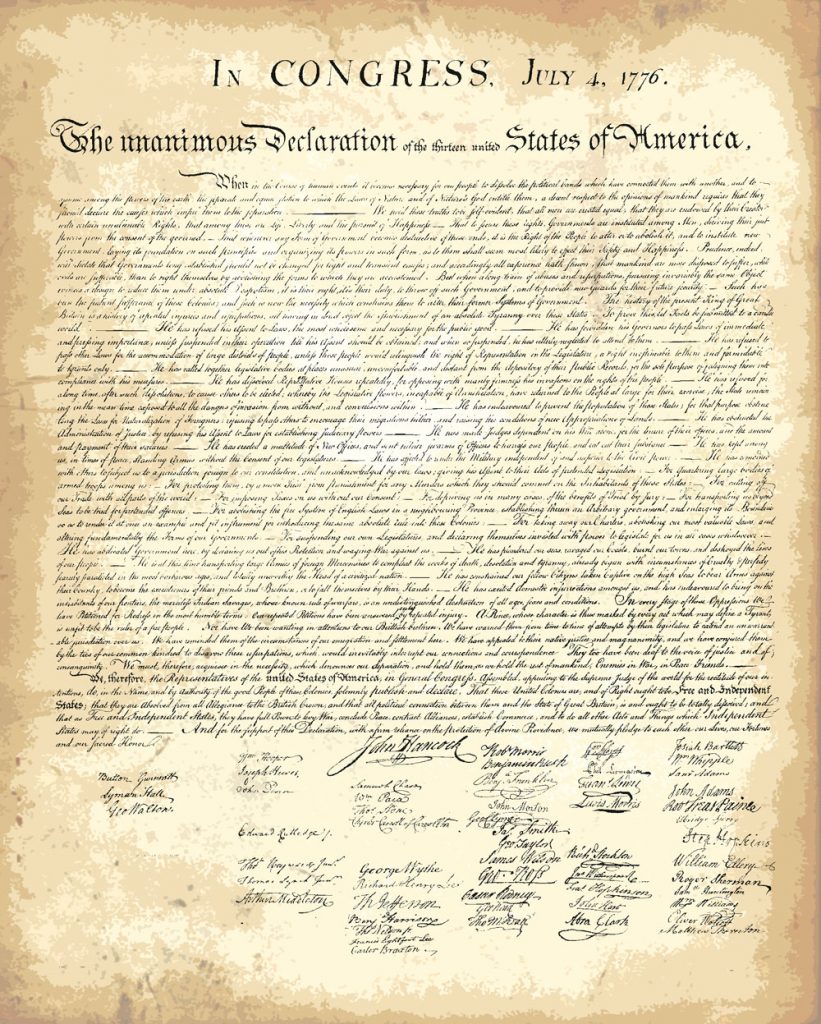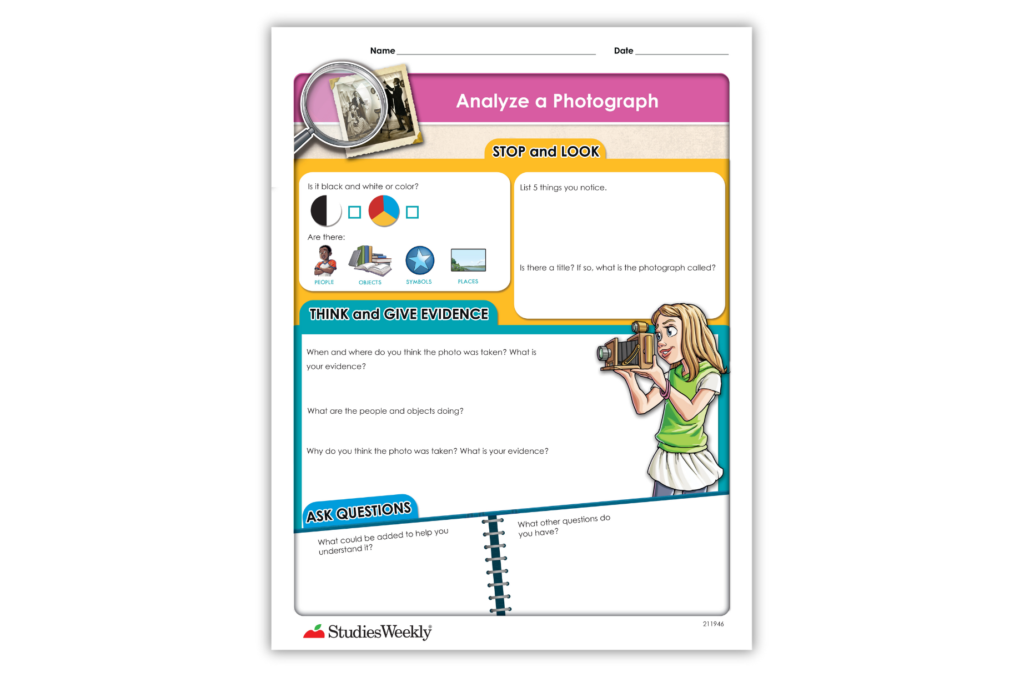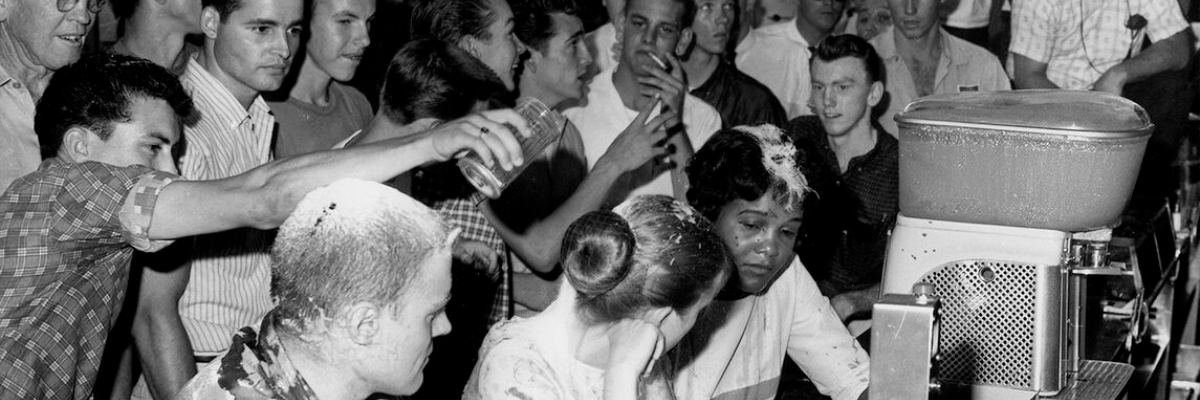Teaching with Primary Sources in Social Studies
It’s often difficult to connect students to the real-world, real-time applications of events from history and the real people who lived them.
For example, most people over 30 can remember where they were on Sept. 11, 2001. But elementary students sitting in school desks today were not even born when this historically significant event occurred. The attacks on 9/11 affected millions of people, and informed much of the public policy in action today — but for these children, that event is history.
To connect students to important historical events that have shaped America and the world, we often must go to the source. The primary source.

Benefits of Primary Sources: Humanizing History
With primary sources, students as young as kindergarten age can grasp difficult concepts and glean meaning from past events. Primary sources include:
- Personal correspondence and diaries
- Government and civil documents
- Speeches and oral histories
- Audio and video recordings
- Photographs and posters
Unfortunately, most textbooks provide just facts and figures, not an immersive experience. A 2017 article by Edutopia states that students do not retain memorized facts and dates very well — but they do remember first-person accounts that emotionally connect them to the subject. That connection can make a major difference in retention and engagement, and encourage students to make connections and think critically about the past.
As the Library of Congress explains, “In analyzing primary sources, students move from concrete observations and facts to questioning and making inferences about the materials.… Inquiry into primary sources encourages students to wrestle with contradictions and compare multiple sources that represent differing points of view, confronting the complexity of the past.”
One major advantage when using Studies Weekly is that we provide all of these different types of primary source media in print and through our online tools.
Connecting Kids to History
Studies Weekly uses primary sources to share real accounts. We let the people of history tell their own story. These sources draw from diverse perspectives and viewpoints to give students a more comprehensive picture of historic events and people.
Our weekly publications include vital images of documents, images and works of art. But the Studies Weekly Online platform connects students to thousands of primary source images and videos — from diary pages and letters to first-hand interviews.
Some of the greatest tools that we have in our online library are audio and video recordings. There, you hear from actual people who were on the shores of Normandy in World War II, in the jungles of Vietnam, and on the sands of Iraq.
You can also view old black-and-white newsreels of Charles Lindbergh, or an interview with Anne Sullivan and Helen Keller. You can walk with Margaret Cooper as she recalls her experience in a Japanese Internment Camp during the war. You can listen as Ruby Bridges reflects on her part in the Civil Rights Movement. You can share the excitement in Germany at the fall of the Berlin Wall in 1989.
Analyzing Primary Sources
The skills to analyze and decode primary sources are critically important for our students to learn. Beyond simply identifying primary sources, they must also learn to engage with them thoughtfully, synthesize information with their prior knowledge, and draw evidence-based conclusions. Our free Primary Source Analysis worksheets can help students build these essential skills. These resources can be used alongside historical sources of all kinds, like documents, photographs, videos, artwork, and more, to bring the stories they tell to life.

Start Learning with Primary Sources
Start engaging with primary sources with our free downloadable Primary Source Analysis Tools.
